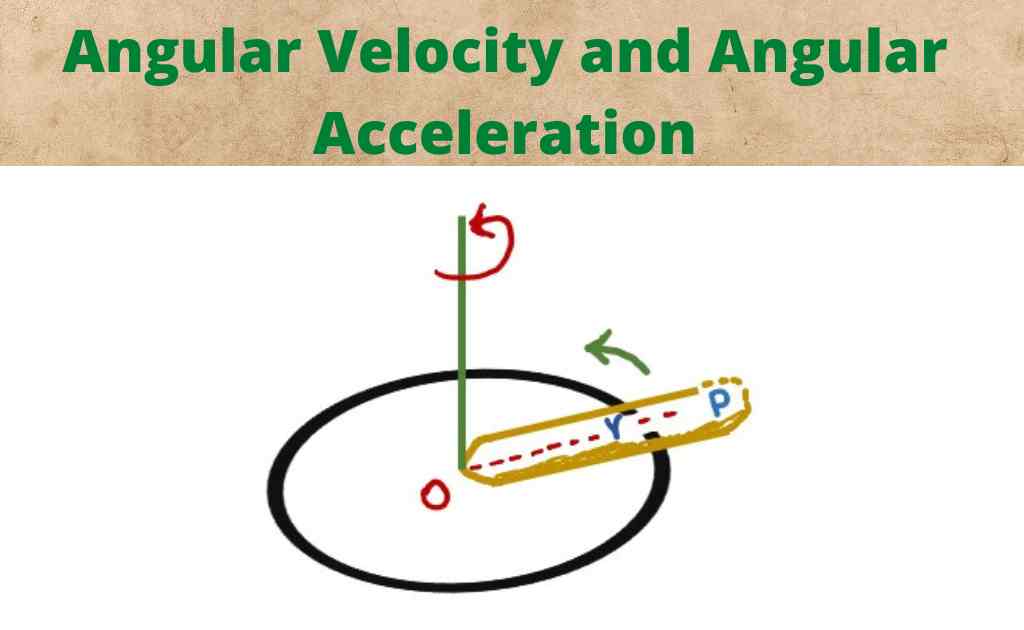What is the Rigid Body?-Definition, Position, And Velocity
The idealization of a body that does not change shape is called a rigid body. It is defined as a collection of particles with the property that the distance between them remains the same during the motion of the body.
What is the rigid body?
A rigid body, also known as a rigid object, is a solid body in which no matter how small it is, it can’t be neglected. The distance between any two points on a rigid body is constant in time regardless of external forces.
A constant distribution of mass is what a rigid body is considered to be. In the study of special relativity, a perfectly rigid body does not exist, and objects can only be assumed to be rigid if they are not moving quickly. In quantum mechanics, a rigid body is usually thought of as a collection of a point mass. For instance, a molecule is often seen as a rigid body (see the classification of molecules as rigid rotors).
Linear and angular position of rigid body
The position of a rigid body is the position of the particles that make up it. To simplify the description of this position, we take advantage of the fact that the body is rigid and that all of its particles maintain the same distance relative to each other. It is necessary to describe the position of at least three non-collinear particles if the body is inflexible.
If the time-invariant position of the three selected particles is known, it will be possible to reconstruct the position of all the other particles. The equivalent approach is used but typically a different, more convenient one. The position of the whole body is represented by
- the linear position of the body
- The angular position of the body
The linear velocity of rigid body
The time rate of change of the linear position of a rigid body is equal to the linear velocity of the body. It is the velocity of a reference point fixed to the body. All points on a rigid body move with the same velocity during purely translational motion.
When motion involves rotation, the instantaneous velocities of the two points on the body will not be the same. If there is an axis parallel to the instantaneous axis of rotation, there will be two points of a rotating body that have the same instantaneous velocity.
Angular Velocity of rigid body
The existence of the instantaneous axis about which the rigid body is rotating is guaranteed by Euler’s rotation theorem, which describes the angular speed at which the orientation of the rigid body is changing and the instantaneous axis about which it is rotating. All points on a rigid body experience the same speed at all times.
Those lying on the instantaneous axis of rotation are the only points on the body that can change position. The relationship between position and velocity is not related to the relationship between orientation and angular velocity. It’s not the time rate of change of orientation that’s important, it’s the fact that there isn’t a concept that can differentiate between the two.







Leave a Reply